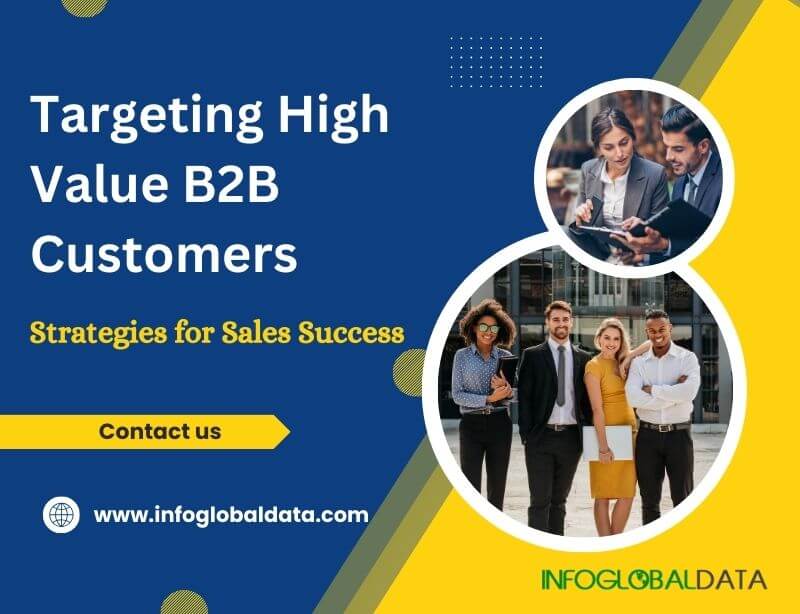
But what is Buyer Persona?
Buyer personas are semi-fictional representations of your ideal customers based on market research and real data about your existing customers. They help you humanize your audience and tailor your marketing efforts to meet their specific needs.
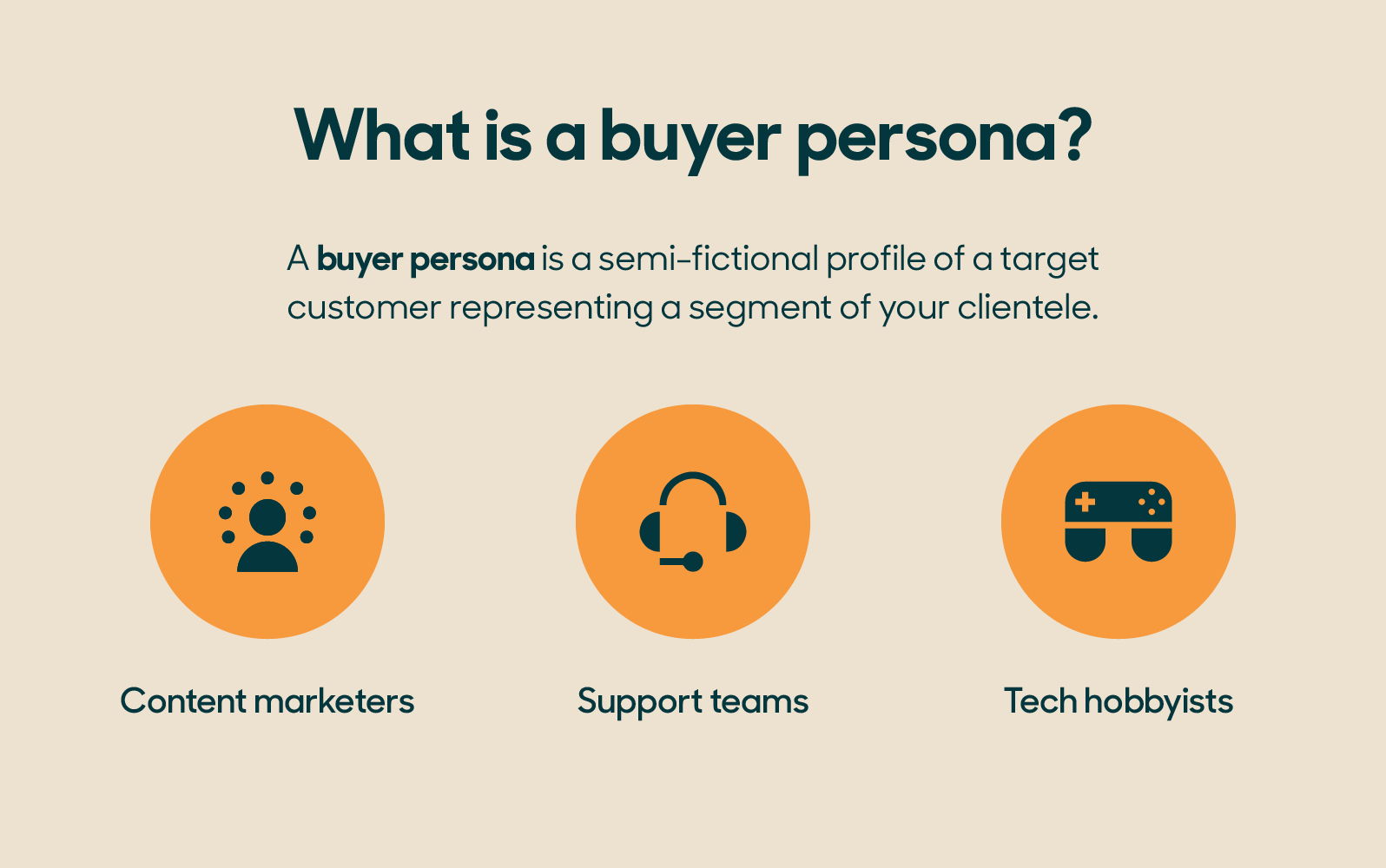
Source: zendesk
Some of the traits of a buyer persona include their geographical location, age, interests, and more. The ultimate objective is to gain deep insights into your customer's aspirations and obstacles. By doing so, you can effectively comprehend their pain points and tailor your products or services to offer practical solutions.
Importance of Building Buyer Personas For Your Business

Source: digitalmarketingcommunity
Consider this:
- 56% of companies experienced an improvement in lead quality through the implementation of buyer personas.
- 36% of companies observed shorter sales cycles by employing buyer personas.
- 24% of companies reported an increase in lead generation as a result of utilizing buyer personas.
- 93% of companies achieving lead and revenue goals practice database segmentation based on buyer personas.
[ Source: Protocol 80, Inc. ]
Understanding your ideal customer is akin to possessing a treasure map that leads to elevated conversion rates, heightened customer satisfaction, and unwavering brand loyalty. It serves as the bedrock of a triumphant marketing strategy and a means to forge profound connections with your audience.
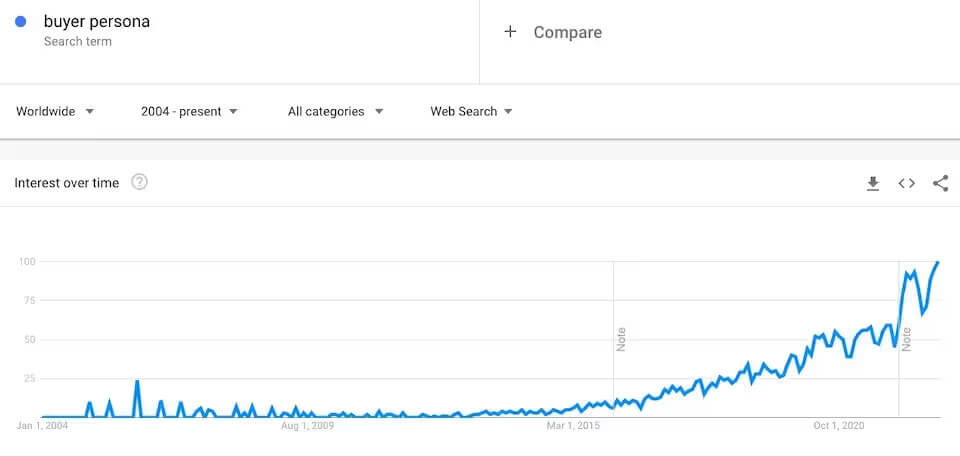
Source: Delve.ai
Incorporating buyer personas into your approach also ensures:
- Your marketing strategies are meticulously planned and executed with your target audience as the focal point.
- You deliver a customer service experience tailored precisely to your ideal buyer's needs.
- You authentically resonate with and connect with your intended customers.
Once you've defined your buyer personas, you can craft organic posts and social advertisements designed to directly address the customers you've identified. Social advertising, in particular, offers an array of highly detailed targeting options, enabling you to reach precisely the right audience.
Constructing your social strategy around aiding your personas in achieving their goals establishes a profound bond with the real customers they represent. It all boils down to cultivating brand loyalty and trust, which, in turn, streamlines your sales process.
Industry Specific Lists
Contact Us for Marketing Campaigns
The Advantages of Defining Your Buyer Persona
Investing time in crafting a buyer persona not only extends your market reach but also serves as a catalyst for nurturing unwavering brand loyalty.
Take a look at some benefits:
1. Personalization and Targeted Marketing

Personalization and targeted marketing are the golden keys to capturing your audience's attention in the noisy world of digital marketing. By developing well-defined buyer personas, you can create content and messages tailored specifically to the preferences and needs of different customer segments. This personalization not only increases the relevance of your marketing efforts but also enhances the chances of engagement and conversion. Moreover, companies that use personalization reduce marketing and sales costs by 10-20%.
2. Improved Product/Service Development

Knowing your audience through detailed buyer personas is not only beneficial for your marketing efforts but also for product or service development. By understanding your customers' goals, challenges, and pain points, you gain valuable insights that can guide the refinement or creation of products and services. This customer-centric approach helps you address real needs and concerns, ultimately leading to higher quality offerings that are more likely to succeed in the market. In addition, customer centric companies are 60% more profitable. It's a win-win situation – customers get products that cater to their requirements, and you get a competitive edge.
3. Enhanced Customer Engagement
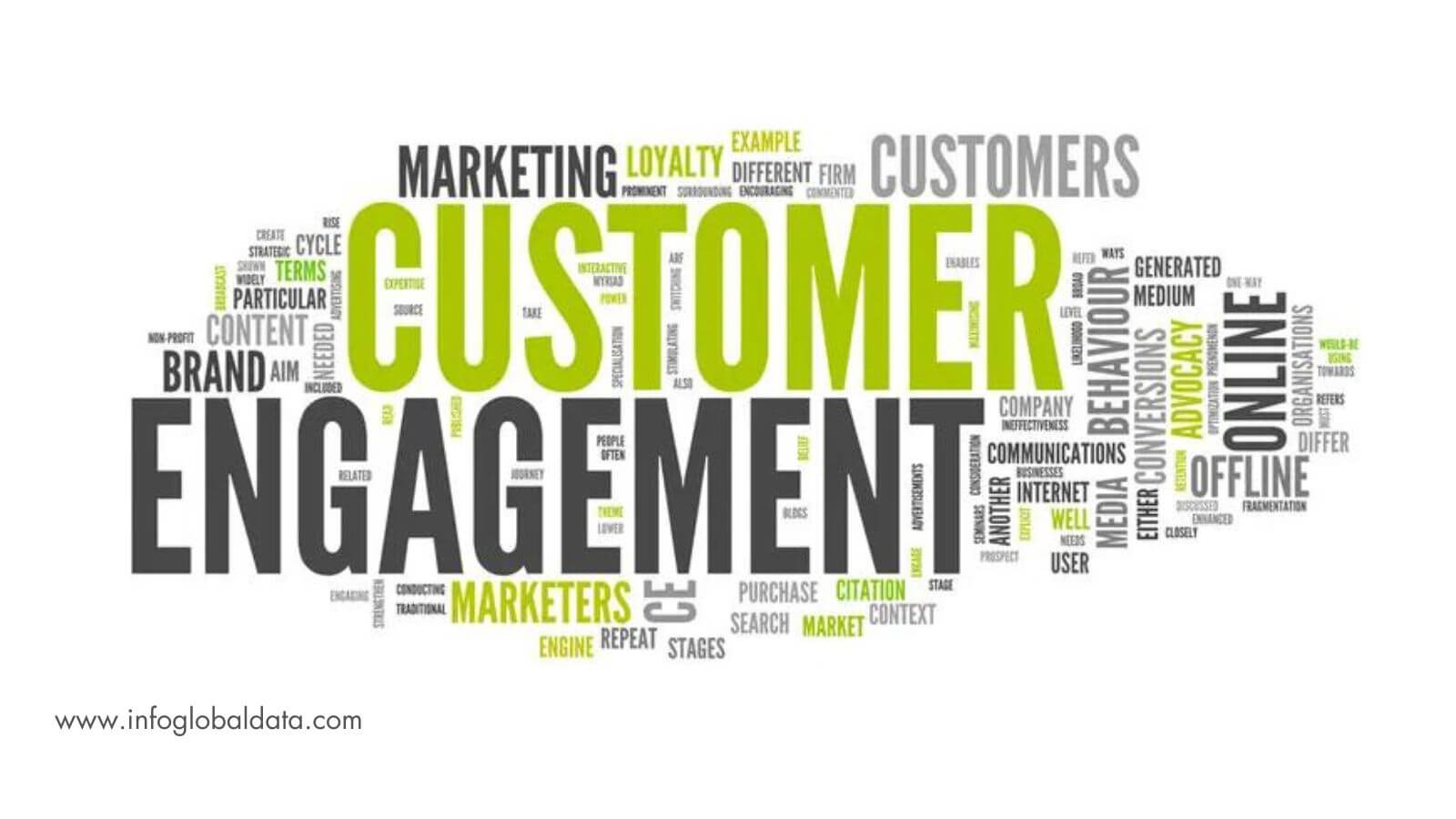
Effective buyer personas are instrumental in enhancing customer engagement. When your marketing is more relevant and personalized, it naturally captures the interest of your target audience. By addressing their specific concerns and interests, you create content that resonates with them, leading to increased interaction, comments, shares, and overall engagement. Whether it's through social media, email marketing, or other channels, engaging with your audience on a deeper level strengthens your brand's presence and fosters a community of loyal customers.
4. Increased ROI

Return on investment (ROI) is the holy grail of marketing efforts, and buyer personas play a pivotal role in improving it. If your marketing and product/service development strategies are aligned with the needs and preferences of your ideal customers, you reduce wastage and inefficiency. Your resources are concentrated on activities that are more likely to yield results. This strategic approach not only increases the efficiency of your marketing campaigns but also boosts your ROI. Ultimately, it leads to better financial performance for your business and more substantial returns on your marketing investments.
How Do You Use Buyer Personas In Marketing?
At its core, the development of buyer personas empowers you to craft content and messaging that resonates with your specific target audience. It paves the way for personalization and precise targeting of various audience segments.

For instance, rather than sending generic lead nurturing emails to your entire contact list, you can employ buyer personas to segment your audience and customize your messages based on the distinct characteristics of these personas. Furthermore, when integrated with the lifecycle stage of leads (i.e., their position in the sales cycle), buyer personas enable you to create highly targeted content tailored to the unique needs and interests of different segments.
Moreover, the creation of negative personas adds an extra layer of advantage. It allows you to segregate undesirable contacts from the rest of your database, aiding in achieving a lower cost-per-lead and cost-per-customer. This, in turn, leads to increased sales productivity and better overall results.
Creating Effective Buyer Personas- Tips and Tricks
Creating a buyer persona isn't about fashioning an ideal friend but rather constructing a character rooted in real-world data and in harmony with your strategic goals.

Source: yellowhead
The following strategies will walk you through the process of crafting a fictional customer that seamlessly fits your brand's authentic identity.
1. Research and Data Collection
Data-driven decisions are the keystone upon which successful strategies and campaigns are built. To achieve this level of insight, research and data collection play an indispensable role. They empower businesses to understand their audience, market, and competition, laying the groundwork for effective decision-making.

Here are some effective tips:
- Analyzing Demographics: To create effective buyer personas, start with a solid understanding of the demographic factors that define your audience. This includes age, gender, location, income level, and more. Analyzing demographics helps you segment your audience and tailor your marketing to specific groups with shared characteristics.
- Behavior and Psychographics: Beyond demographics, delve into the behaviors and psychographics of your audience. Understand their values, lifestyle, interests, and purchasing habits. This information paints a more detailed picture of who your customers are and what motivates them.
- Pain Points and Challenges: Identify the pain points and challenges your audience faces in their daily lives or within the context of your products or services. Recognizing these issues is crucial for crafting content and solutions that address their specific needs.
2. Interviewing Current Customers

Speaking directly to your existing customers is a goldmine of insights. Conduct interviews or surveys to understand their motivations, decision-making processes, and the problems your product or service helped them solve. These firsthand accounts offer invaluable qualitative data for shaping your buyer personas.
3. Using Analytics Tools

Leverage analytics tools to gather quantitative data about your audience's online behavior. Tools like Google Analytics can provide information on website traffic, page views, and user interactions. This data complements your qualitative research and offers a more holistic view of your audience's online actions.
4. Competitive Analysis
Studying your competitors can provide a wealth of information for persona development. Analyze the audience they are targeting, their content strategies, and their unique selling propositions. This not only helps you identify gaps in the market but also informs your own persona-building process by understanding the preferences of your shared audience.

Collecting and analyzing data from these different sources is pivotal for constructing comprehensive buyer personas that accurately represent your target audience. These personas serve as the foundation for crafting marketing strategies and content that truly resonate with your customers.
5. Segmentation
Segmenting your audience is the key to creating finely-tuned buyer personas. Instead of treating your entire audience as one homogeneous group, break them down into distinct segments based on shared characteristics. These may include demographics, behaviors, interests, or pain points. By doing so, you can create personas that are more precise and actionable.
6. Using Surveys and Questionnaires

Surveys and questionnaires are invaluable tools for collecting direct feedback from your audience. They allow you to ask specific questions about preferences, needs, and pain points. Be sure to design your surveys with well-crafted questions that yield actionable insights. Analyzing the responses helps you refine your personas with real data straight from your audience.
7. Social Listening

Social media is a treasure trove of unfiltered customer insights. Through social listening, you can monitor conversations, comments, and mentions related to your brand and industry. Pay attention to the language, sentiments, and topics that surface. This qualitative data provides a deeper understanding of what your audience is discussing and how they feel about it.
8. Creating Fictional Personas
Once you've gathered and analyzed your data, it's time to bring your personas to life. While they are based on real data, creating fictional personas makes them more relatable to your team. Give each persona a name, a face, and a story. Include details such as their goals, challenges, and preferred channels of communication. These fictional personas serve as a reference point for your team and make it easier to keep the customer in mind during strategy development.
9. Crafting Tailored Content
Buyer personas should shape every facet of your marketing strategy. Each content piece should be meticulously crafted with the particular buyer persona(s) at the forefront of your mind.
For instance, What engages and resonates with one persona might not have the same impact on another, considering their unique aspirations, hurdles, and motivations.
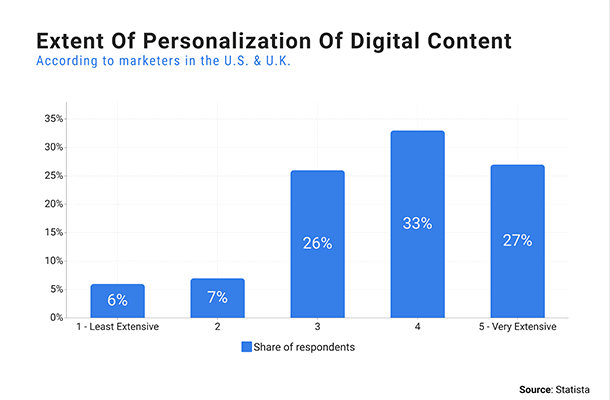
Source: Startup Bonsai
Consequently, writing tailored content for different buyer personas empowers you to:
- Empower your audience by addressing their pain points and offering solutions, understanding each persona's unique concerns and communication preferences.
- Drive higher content conversion rates by grasping the factors that sway your buyer personas' decision-making and online behaviors.
- Maximize readership and engagement by delivering tailored content to the right people, ensuring a resonance that captivates your audience.
10. Choosing the Right Channels
Selecting the right marketing channels is a critical decision that can greatly influence the success of your campaigns. With an ever-expanding array of options, from social media and email to content marketing and more, it's essential to make informed choices.
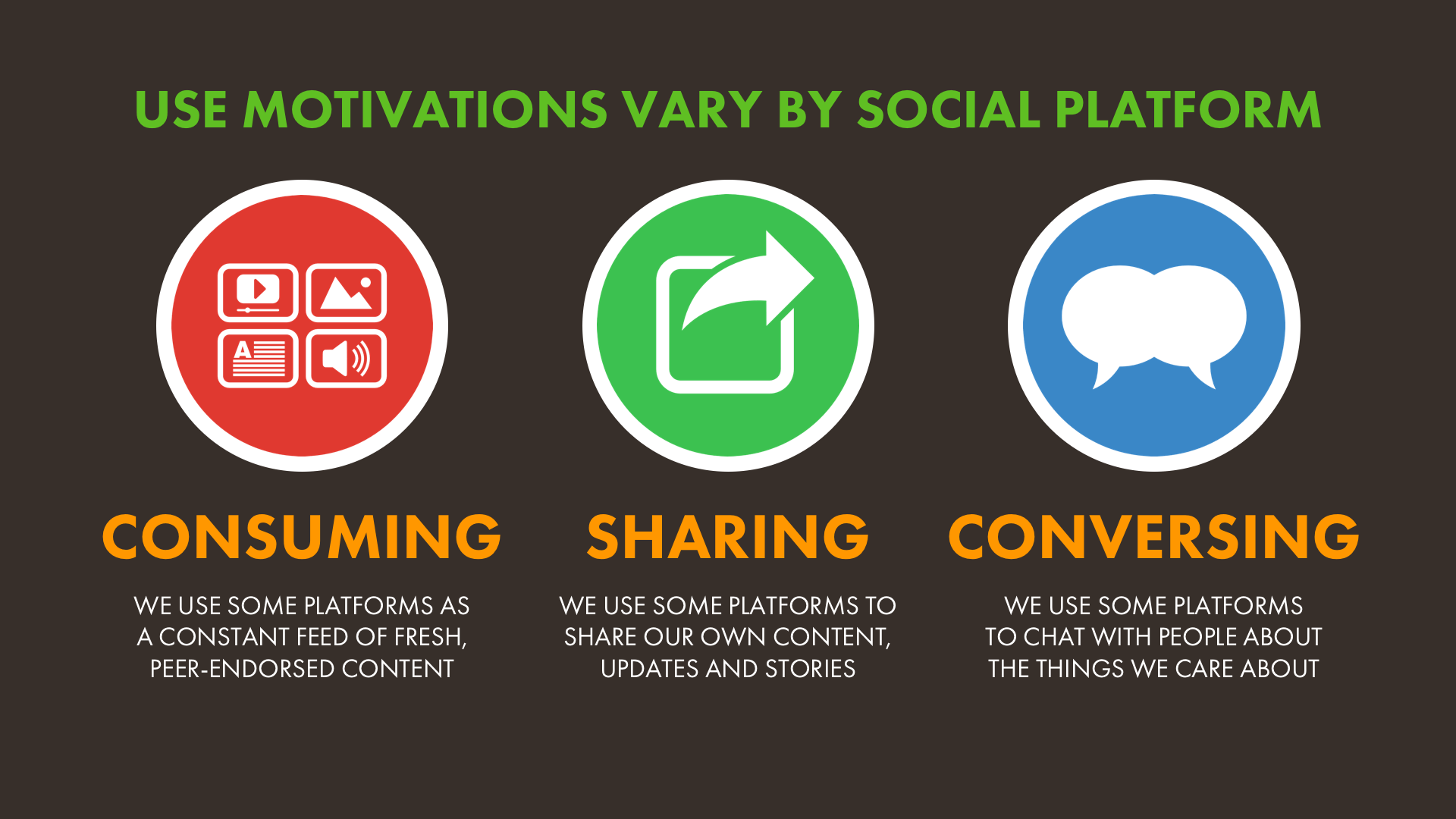
Source: kepios
Here's how to go about choosing the right channels to connect with your target audience effectively:
- Understand their demographics, preferred platforms, and content preferences to pinpoint the most effective channels for engagement.
- Select channels that align with your specific objectives, whether it's brand awareness, lead generation, or sales conversions.
- Your time, budget, and team capacity to choose channels that fit your resources, whether they require substantial investments or can be managed with fewer.
- Analyze where your competitors are active to gain insights into effective channels within your industry while adapting to your unique strategy.
- Fearlessly test different channels on a small scale, refine your strategy based on data, and allocate resources to the top-performing options.
- Leverage multiple channels to reach a broader audience and reinforce your messaging, but coordinate efforts to maximize their strengths.
- Adapt to the evolving digital landscape by keeping up with emerging platforms and industry changes.
Remember that there is no one-size-fits-all solution. The right marketing channels for your business are highly dependent on your unique circumstances and goals.
Avoid These Common Mistakes
The art of creating buyer personas has become an indispensable compass for guiding strategic decisions and crafting highly effective marketing campaigns. These semi-fictional representations of your ideal customers hold the key to understanding and connecting with your audience on a profound level. Yet, while crafting buyer personas can be a game-changer for your marketing endeavors, there are common pitfalls that you must avoid to ensure their efficacy.
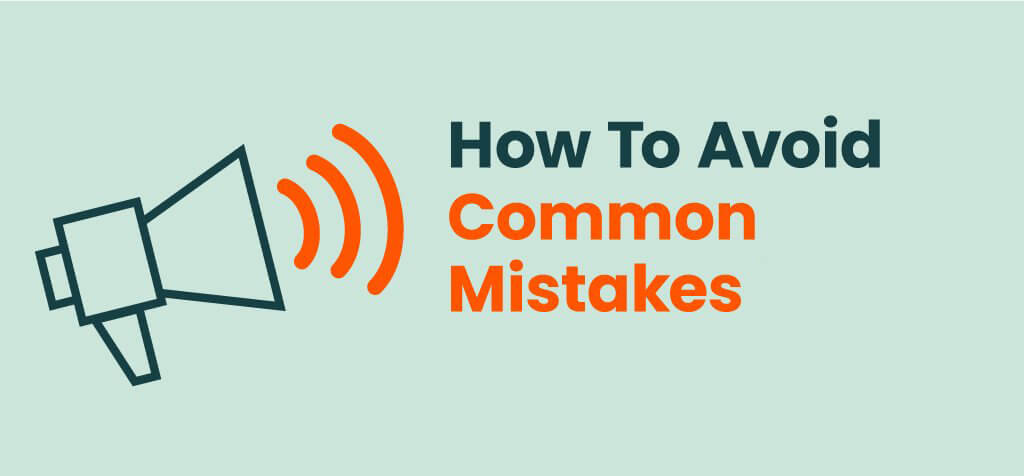
Take a look at some:
• Misunderstanding the Target Audience:
One of the most common pitfalls in creating buyer personas is misunderstanding the target audience. When your personas don't accurately represent your actual customers, your marketing efforts may fall flat. To avoid this, conduct thorough research and gather real data. Dive deep into the demographics, psychographics, and behaviors of your audience. Interview current customers, analyze feedback, and stay attuned to changing trends. The better you understand your audience, the more effectively you can tailor your content and strategies to their preferences.
• Neglecting Regular Updates:
Buyer personas are not static entities; they evolve over time. Neglecting to update your personas can lead to outdated and ineffective marketing strategies. Customer preferences change, and new trends emerge. To stay relevant, schedule regular reviews and updates of your personas. Be sure to incorporate new data and insights into your personas to reflect the shifting landscape accurately. By keeping your personas up to date, you ensure that your marketing efforts remain aligned with the current needs of your audience.
• Overcomplicating Personas:
While detailed buyer personas are essential, overcomplicating them can hinder their practical use. It's vital to strike a balance between depth and simplicity. Avoid creating overly complex personas that become challenging to apply in real-world scenarios. Focus on the most critical information that drives your marketing decisions. A persona should be a practical tool for your team, not a cumbersome document. Clear and concise personas are more likely to be embraced and used effectively throughout your organization.
Create Your Buyer Persona Today!
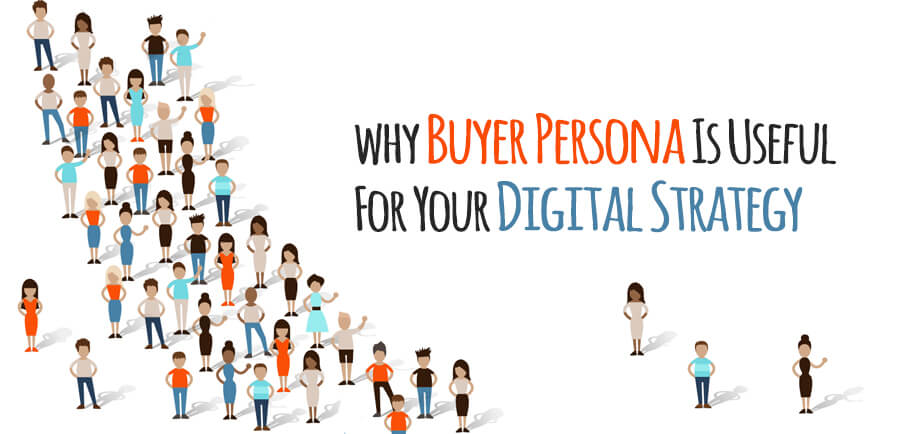
Source: hiplayapp
In the process of crafting a buyer persona, the creation of this fictitious yet meticulously detailed representation of your ideal customer, don't forget to engage in a dialogue with the persona. Pose questions that delve into their backgrounds, aspirations, and the obstacles they encounter. Explore their interests, desires, and sources of motivation. Determine where they seek information and inspiration.
These inquiries are the building blocks of a profound understanding of your diverse buyer personas, enabling you to tailor your marketing strategies to connect with distinct segments of your audience effectively. Without these insights, businesses may find it challenging to devise strategies that captivate, engage, and ultimately delight their customers. The art of personalization hinges on this intimate knowledge of your buyer personas.

